
HELP! YOU SAY?
Here are our insights and favorite references regarding issues that are most commonly encountered.
Please note: The information on this site is provided as a resource only, and is not to be used or relied on for any diagnostic or treatment purposes.
PLANTAR FASCIOSIS (FASCIITIS)
Note the use of the term “plantar fasciosis” instead of “plantar fasciitis.”
Dr. Ray McClanahan explains:
"This change in terms came about due to a study by Harvey Lemont, DPM. In his study, biopsies were taken of the plantar fascial ligament in patients with severe plantar fasciitis. The result was not the finding of inflammatory tissue but of necrotic tissue. Lemont concluded that plantar fasciitis is not an inflammatory process but a degenerative process characterized by microtears and necrosis of the plantar fascial ligament and intrinsic muscles of the foot at their attachment on the calcaneus. Hence, this disorder is better termed plantar fasciosis (2003)."
Treatment of Plantar Fasciosis
RECOMMENDED VIDEOS
Plantar Fasciitis or Plantar Fasciosis?
Plantar Fasciosis (Fasciitis), Conservative Care vs. Conventional Care
FLAT FEET or FALLEN ARCHES or NAVICULAR DROP
NOTE: FEET DON'T NEED TO BE FIXED AS MUCH AS THEY SIMPLY NEED TO BE USED AND CHALLENGED.
FEET HAVE POSTURE TOO. More often than not flat feet are simply weak feet that need to be challenged through, at the minimum, daily lifestyle habits, and/or perhaps with specific exercises.
TAKE YOUR SHOES OFF and use your feet on the ground, up and down stairs, walk, hop, skip, jump, on natural surfaces.
YOUR FOOT HAS 33 JOINTS AND MANY MUSCLES ATTACHED. Shoes do not allow them all to move. Nor does flat ground challenge them enough. Be mindful of the environment your feet are in. Find natural surfaces to walk on during your day. Include it in your lifestyle.
ESPECIALLY FOR CHILDREN. NEED-TO-KNOWS: STRENGTH, POSTURE and NEUROLOGICAL DEVELOPMENT
When babies are born, they have little strength in their feet for obvious reasons. It is only once they are weightbearing, crawling and then walking will they then start to develop the strength they need as their feet begin to support their entire body and communicate vital sensory information to the brain about how to move. Yet the moment they are ready to put their feet on the ground they are all too often put into footwear with a stiffness and thickness in the sole that does not allow the feet to go through the basic ranges of motion each step. Instead of the foot being strengthened, the rest of the body compensates for the lack of communication and support and dysfuctional movement patterns are developed. Simple as that. They often NEVER then get a chance to develop this strength, this "posture" and so it becomes true when parents say: "well, she was always like that," or worse "she has my feet." It is a terrible missunderstanding that will, if not addressed, affect one's health and vitality for the rest of life.
"Among the untold problems that wearing shoes can impose in the developing child is the impact on the brain. From a baby’s very first delicate steps, each walking and running gait pattern significantly influences brain development. These actions affect lifelong patterns in the nervous system, even beyond the gait and balance mechanisms—they include postural habits, the ability to compensate to physical stresses, and the growth of muscles, bones, ligaments, tendons and other tissues. Normally, with each muscle contraction and relaxation, and every joint movement, important neurological patterns are created by the brain, just like with any memory. Shoes distort this process, and instead, the brain learns and designs irregular patterns of movement throughout the body." - Dr. Phil Maffetone
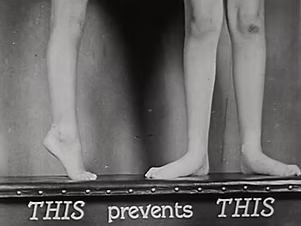
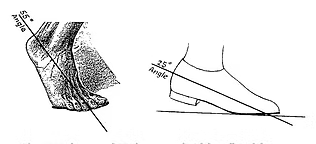
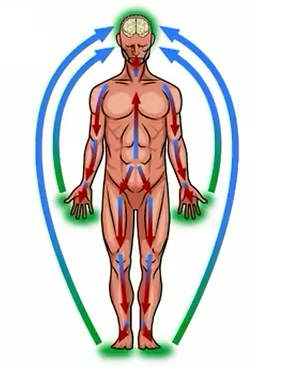
Flat Feet: What Doctors Knew 100 Years Ago - Fix Flat Feet
Ticking Time Bomb: Children’s Shoes Cause Health Problems Later in Life for Adults
Foot Muscle Weakness - Fix Flat Feet
Pronation as Your Favorite Nation - Dr. Kathy Dooley
Neutral Heel Position - Fix Flat Feet
The Functional Impact of Navicular Drop - Dr. Emily Splichal
Are Orthodics Ever Really Necessary? - Dr. Steve Gagnemi - Sock Doc
RECOMMENDED VIDEOS
Natural Foot Posture - Dr. Ray McClanahan
Live the Movement: Locomotion - FEET FREEX
Flat Feet Conservative Care vs. Conventional Care - Dr. Ray McClanahan
Strengthening Intrinsic Foot Muscles - Correct Toes
Shoes The Silent Killer: On Arches - Shoes Are Not Paleo
RECOMMENDED WEBSITE
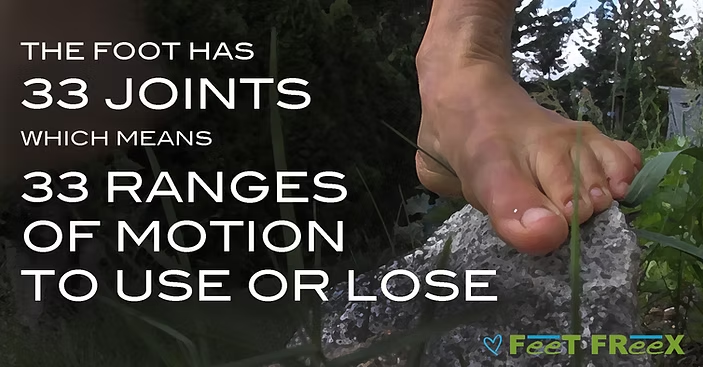
HALLUX VALGUS aka BUNIONS
Bunions and Hammertoes - NW Foot and Ankle
The Functional Impact of Bunions - Dr. Emily Splichal
Ultimate Guide to the Bunion - The Alignment Rescue
RECOMMENDED VIDEOS
Bunion Stretch and Soft Tissue Technique
Bunions, Conservative and Preventive Care vs. Conventional Care
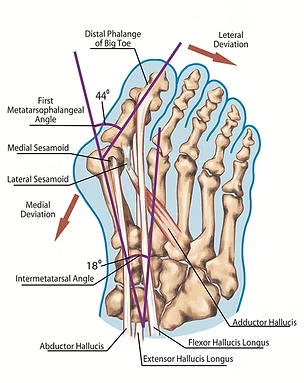
NEUROMA
RECOMMENDED VIDEOS
Neuroma and Natural Foot Health - Dr. Ray McClanahan
Neuroma Conservative Care vs. Conventional Care - Dr. Ray McClanahan
TWISTED OR CROOKED TOES
RECOMMENDED VIDEOS
Correct Toes Helps Child with Crooked Toes
Toe Extensor Stretch with Dr. Ray McClanahan
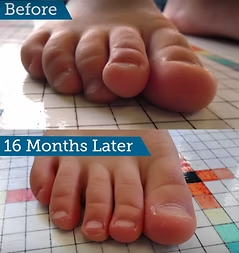
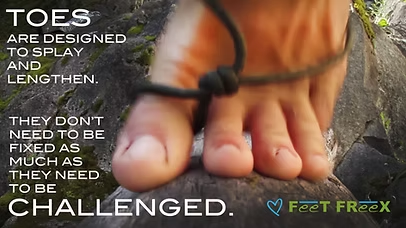
TOES HAVE PROPER ALIGNMENT AND POSTURE TOO. More often than not crooked toes are simply tight, weak, immobile toes that need to be massaged, stretched and challenged through, at the minimum, daily lifestyle habits, and/or perhaps with specific exercises.
TAKE YOUR SHOES OFF and use your feet varied, natural terrain, or the playground! Both provide incredible opportunities for your foot to be challenged in many directions.
YOUR TOES HAVE MANY JOINTS AND MANY MUSCLES ATTACHED. Shoes do not allow them all to move. Nor does flat ground challenge them enough. Be mindful of the environment your feet are in. Find natural surfaces to walk on during your day. Include it in your lifestyle.
IF YOU MUST WEAR SHOES...please see our RECOMMENDATIONS for footwear solutions, including wearing Correct Toes.
